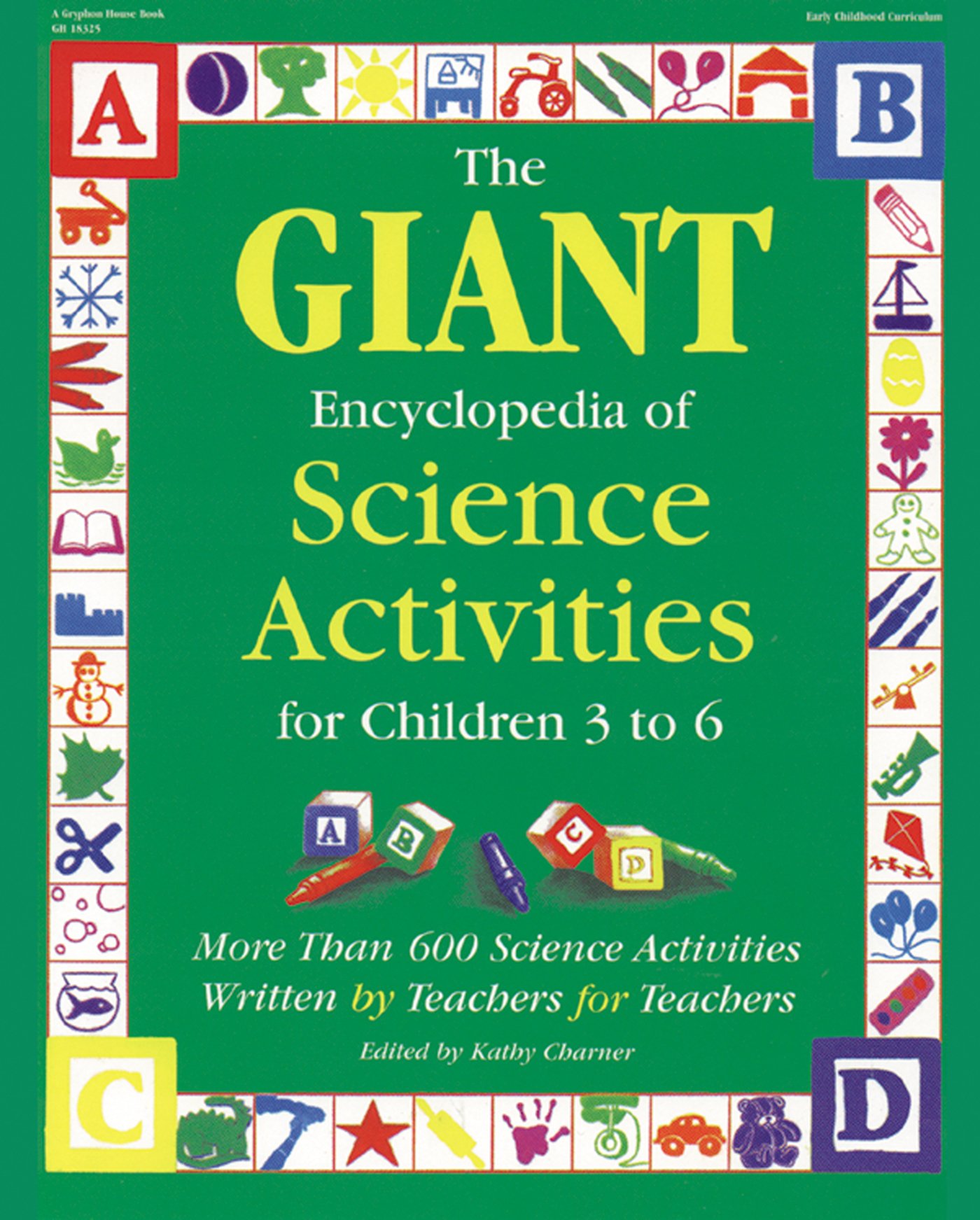Materials
None
Instructions
1. Explain that machines are designed and made to help us in various ways. Ask the children to name a few machines and how they help us (for example, washing machines help us by automatically washing our clothes so that we don't have to scrub them).
2. Say, "We are going to build a machine with our bodies. But first we need to decide what our machine is going to make or do." Some ideas: build a machine that will sweep dirt into a small pile or one that will mix bread into dough.
3. Start with one child and put her into place, giving her both an action and a sound to make. Some children will come up with their own ideas. Place the next child close to the first to "connect" the machine pieces, and so on,until every child is in place. Here are some movement ideas: lift one arm up, then down; a ballerina plie; head nod; head shake once; turn halfway around then back; knee up then down; bend over then stand up. Here are some ideas for sounds: boing, ping, whoosh, beep, honk, shhh, whirr, snapping fingers, clap hands, stomp feet, pat tummy. These are limited only to your imagination! Be creative!4. Be sure to assign one child to make the movement the machine was designed to do, for example, sweeping motion or mixing motion. You may also assign one person to be the power switch. Let the child hold out a pointer finger for the switch.
5. Now you are ready to turn the power switch on and see how every piece of the machine is moving and making its noise.
6. Turn the power off and let the children pretend that one piece of the machine has broken. Choose one child who no longer moves or makes a sound. Explain that in order for a machine to run all pieces and parts must work. Demonstrate this by trying to turn the power on. Each piece, no matter how small the movement or quiet the sound, is very important.
7. Now you can take out your gigantic "screwdriver and wrench" to fix the broken piece. Then turn the power back on.
8. Try a new machine or several smaller machines with fewer parts.More to doField trip: Visit an automotive repair shop. Ask a mechanic to show the class the tools he uses to repair the cars and motors.More science: In the workbench area, set out broken appliances and tools so the children can disassemble them to see the different parts of each machine.
